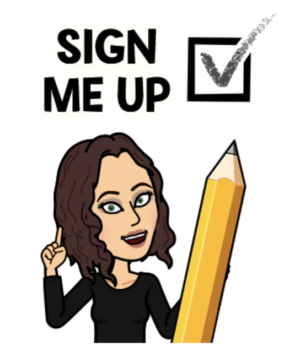
As a coach, you may have a couple of cheerleaders, fans who support the changes you are trying to make, eager to try to implement the strategies you introduce to teachers. It is affirming to work with these educators. These are the teachers who thank you for coming into their classroom. Their faces light up when you arrive and they approach you with stories of how they have implemented the tools and/or strategies you have taught them. They ask questions as to next steps in the learning journey.

The Danger of Focusing on Your Fans
I have heard many coaches and educational leaders indicate that these fans are the educators you should work with first. The idea is that as coaches, we build leaders who can teach their peers. We spend our valuable time with those who want to be coached. The danger of this strategy is that it has the potential to damage the culture of a staff. It can create an environment in which there are two classes of teachers, the successful and the struggling. In my role as an educational technology coach, the aforementioned model leads to a perception of the “techie” teachers, and those that are “not good at tech”. This perpetuates a fixed mindset and inhibits personal growth. It implies that either teachers have a talent for tech proficiency, or that they will always struggle.
Addressing Equity
Even more importantly, the aforementioned model is inequitable to students. If your child is in a classroom in which students are creating green screen presentations of researched content, and my child is in the classroom next door where the teacher is afraid to open the iPad cart, I will not be pleased. I have seen hesitant fearful teachers become innovators who empower students to use technology anytime it fuels learning. The key is joining teachers to support as they design lessons, and in class coaching with students. Click here to read about my experience building teacher capacity by including students in the process.
Many coaches ask teachers to sign up for their coaching. Administrators often ask me to do the same. But I am opposed to this model as a sole method of job-embedded coaching support. As an educational leader, I am committed to improvement and support for every adult learner, just as I was in the classroom with my students. Rather than volunteer sign ups, I ask leaders to create a schedule during which I will spend time with each teacher. At school sites at which I have built trust with the staff, I will walk classrooms without a schedule. I always offer sign-up opportunities for teachers, but it is by no means my primary means of support. As a coach, it is my job to be proactive. I do not wait for my phone to ring, for questions to come in my inbox. I approach each educator and build a relationship. It is my job to find ways to reach each adult learner. To do this, I must walk amongst them, engage in the work with them. Job-embedded support is key.
Coaching Hesitant Teachers
How does this work? How do I reach those who do not want to work with me, who hate what I stand for? I have worked with plenty of these educators. They tell their administration they are too busy, that they do not have anything prepared, that they are already behind in their pacing guide of standards. But because my approach is to work with each teacher on an individual basis, rather than a one sized fits all PD, the support is personalized. I ask questions. I look for pains I can help alleviate or gains I can support with. And this is what works. I may help an educator who is struggling with a particular student by providing an accessibility tool. I may show an educator how to reuse posts in Google Classroom rather than recreating last year’s assignments. By spending individual time with each teacher, I can focus on growth for each individual and personalize support. Click here to learn more about in-class coaching support.

In entering classrooms to coach, teachers sometimes experience fear before I arrive. Those teachers that do not know me might not want me in their classroom. They do not want “another thing” on their plate. But they soon realize that my approach is not to add more stuff, but to make the learning environment more efficient. I let teachers know that as I coach them to integrate technology effectively into the classroom, my focus is “less prep, more impact”. I want teachers, particular those who are hesitant, to know that I am not there to make their lives more complicated.
When we focus just on the innovators, we widen the gap. What if we did this in the classroom? What if we only taught those who sought our feedback? As an educator, whether it is of adults, children, or teens, it is my job to find a way to reach each and every learner. That is my job as a coach. It is not always easy, but it is the right thing to do. As a coach, I am called to coach ALL. Educational coaching is an inclusive sport.
